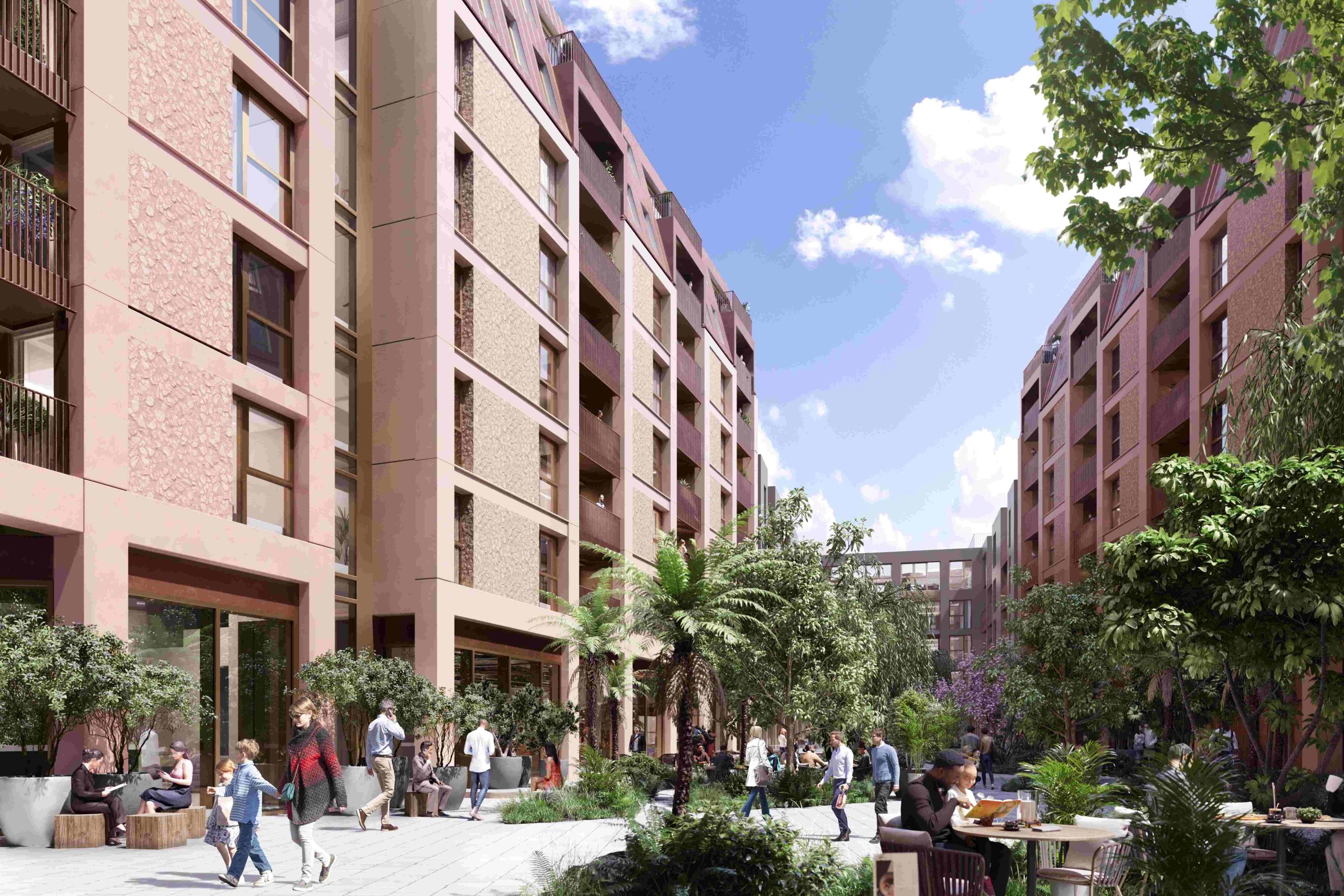THE rejection of a ‘vital’ £120 million project to regenerate two acres of town and create 238 flats and an apart-hotel is due to be reviewed by an independent expert, following an appeal from the developer behind the plans.
Le Masurier, the 187-year-old property company owned by one of Jersey’s richest families, the Clarkes, had submitted plans for Les Sablons, a proposed redevelopment featuring restaurants, shops and a walkway and courtyard linking Broad Street and Commercial Street.
But these proposals were unanimously rejected by the Planning Committee last December, whose members agreed with concerns raised by the Planning Department that the proposed scheme was too high, especially on the Commercial Street side.
Le Masurier yesterday made its case to independent planning inspector Philip Staddon as to why the firm should be allowed to demolish 31-41 Broad Street and 19-29 Commercial Street, and replace the buildings with 137 one-bedroom, 96 two-bedroom and five three-bedroom units.
The scheme would also include a public central courtyard slightly smaller than the Royal Square, a walkway from Broad Street through to Commercial Street and a hotel, which would be run as a ‘Wilde Aparthotel’ by international group Staycity.
If approved, as it stands, the development would be five storeys on the Broad Street side, with the top floor set back by 5.3m.
Planning’s principal concern, however, is the Commercial Street side, which will rise to nine storeys, including a 2.5m top floor for service plant.
The department argues that the 29.3m height on this side, where the apart-hotel will be built, is too high and will adversely affect the character of the area and views over town, particularly from Fort Regent.
Le Masurier, however, argues that refusing the application on these grounds was unreasonable, maintaining that the built form ‘is not considered to be visually incongruous nor out of keeping with the prevailing scale of this locality’.
The company also argues that other grounds of the December refusal are unjustified, including the committee and Planning’s conclusion that flats in lower storeys will not get enough daylight or sunlight.
St Helier Constable Simon Crowcroft said the development ‘plays a critical role in St Helier’s success and its future’.
He added: ‘Les Sablons would provide a valuable opportunity to boost our local economy and meet our government’s strategic priorities as the proposals align with the aims of the Bridging Island Plan and could deliver multiple and wide-reaching benefits for the residents of St Helier and for Islanders.
‘It is vital, in my view, that such a scheme is permitted to go ahead if the Island’s capital is to have a positive future, both in the short term and for the next generation.’
Le Masurier managing director Brian McCarthy said that, if approved, the development ‘could transform more than two acres of central St Helier over the next three years’.
He added: ‘It is critical that this scheme is approved, as it would boost tourism and business and, in addition, the impressive new residential units would help to meet the chronic demand for housing that the Island, and St Helier specifically, has.’
Le Masurier already has extant permission, given in 2011, for a six-storey office development on the site.
Mr Staddon will also be chairing a planning inquiry next month into plans to redevelop the Waterfront.
His principal role as an inspector is to independently assess whether applications comply with the various policies of the Bridging Island Plan, a document – passed by the States Assembly last year at the end of its longest-ever debate – against which all development in Jersey is judged.
Last year, Mr Staddon also led an inquiry into the Our Hospital plans, which he recommended for approval.
After hearing evidence yesterday, Mr Staddon will make a recommendation to Environment Minister Jonathan Renouf, who will ultimately decide whether the appeal is upheld or rejected.
The Société Jersiaise and the National Trust for Jersey also previously opposed the development, describing it as ‘a banal, anonymous and unimaginative commercial development which could be located anywhere’.






